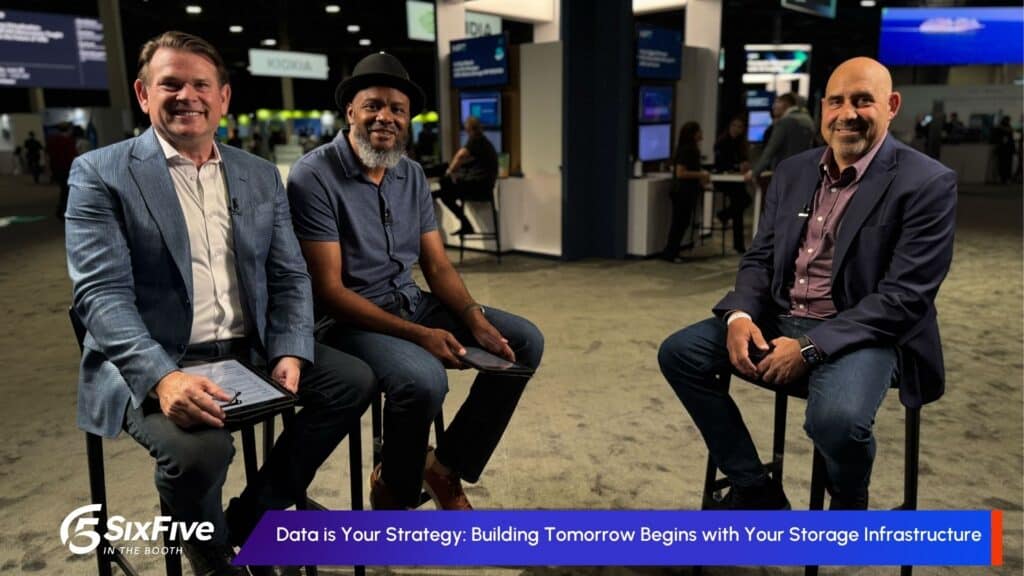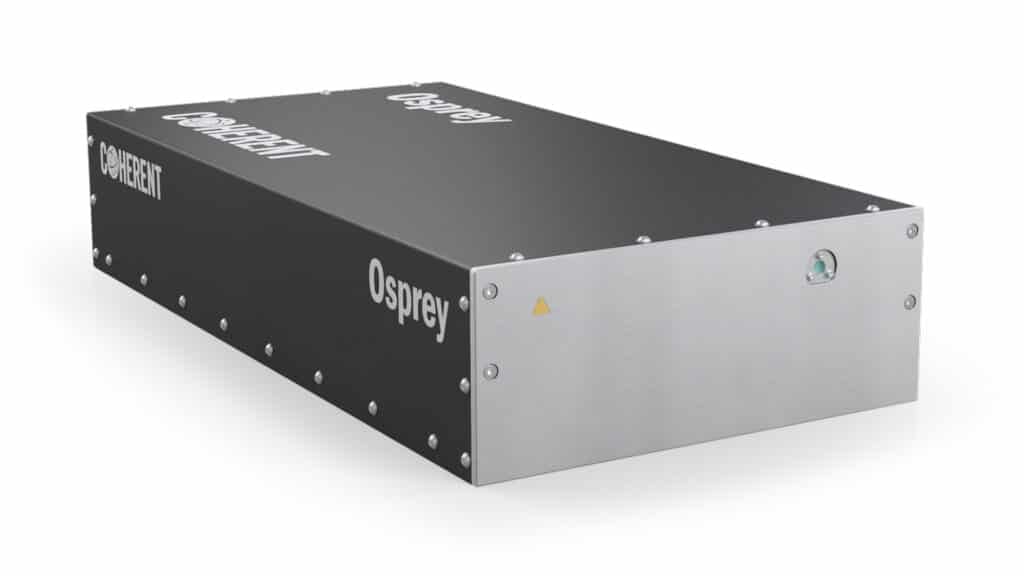The News: IBM watsonx, previewed at IBM Think in May 2023, is now available. watsonx is IBM’s next generation AI platform and includes Watson.ai studio for new foundation models, watsonx for generative AI and machine learning, and watsonx.data, the Data Platform solution from IBM. See the complete Press Release from IBM here.
IBM watsonx.data is Now Generally Available as Part of Major watsonx Announcement
Analyst Take: This announcement is confirmation of IBM’s commitment to deliver on AI as a foundational element for its enterprise customers. IBM’s Data Platform is an open lakehouse architecture that is coupled with the watsonx.governance toolkit for managing responsibility and transparency. It should be noted that explainability, which is being called upon to determine validity of AI outcomes, will be added later this year.
watsonx.data allows customers to manage their data in a form to optimize access to data while retaining the simplicity of accessing file data from multiple sources. A general description is available here.
Previously noted by us, specifics for the IBM Lakehouse include:
- Can be deployed in less than 10 minutes
- Will work in public cloud or on-premises
- Offered also with an on-premises integrated appliance – the IBM Storage Fusion HCI
- OpenShift on bare metal
- Standard x86 servers
- Nvidia GPUs
- IBM Storage
The IBM Lakehouse supports the Apache Iceberg format for query engines. This enables:
- SQL access for large data sets
- Multiple simultaneous query engine access
- ACID transactions support (Atomicity, Consistency, Isolation, Durable)
For performance improvement, a global persistent cache is implemented – every query engine can access the same cache across hybrid clouds or on-premises. Storage includes object storage with S3 protocol, IBM Cloud, and Google Cloud Storage.
IBM has made these capabilities available now with the watsonx announcement, giving enterprises an approach for optimizing and managing data access for AI and ML models. This move comes from a company committed to success with AI development and deployment.
Disclosure: The Futurum Group is a research and advisory firm that engages or has engaged in research, analysis, and advisory services with many technology companies, including those mentioned in this article. The author does not hold any equity positions with any company mentioned in this article.
Analysis and opinions expressed herein are specific to the analyst individually and data and other information that might have been provided for validation, not those of The Futurum Group as a whole.
Other insights from The Futurum Group:
IBM Generative AI Being Explored by Moderna for mRNA Vaccines
IBM Acquiring FinOps Vendor Apptio to Boost IT Automation
Despite a Rise in AI in CX, People Still Prefer to Interact with Humans
Image Source: IBM
Author Information
Randy draws from over 35 years of experience in helping storage companies design and develop products. As a partner at Evaluator Group and now The Futurum Group, he spends much of his time advising IT end-user clients on architectures and acquisitions.
Previously, Randy was Vice President of Storage and Planning at Sun Microsystems. He also developed disk and tape systems for the mainframe attachment at IBM, StorageTek, and two startup companies. Randy also designed disk systems at Fujitsu and Tandem Computers.
Prior to joining The Futurum Group, Randy served as the CTO for ProStor, where he brought products to market addressing a long-term archive for Information Technology and the Healthcare and Media/Entertainment markets.
He has also written numerous industry articles and papers as an educator and presenter, and he is the author of two books: Planning a Storage Strategy and Information Archiving – Economics and Compliance. The latter is the first book of its kind to explore information archiving in depth. Randy regularly teaches classes on Information Management technologies in the U.S. and Europe.





